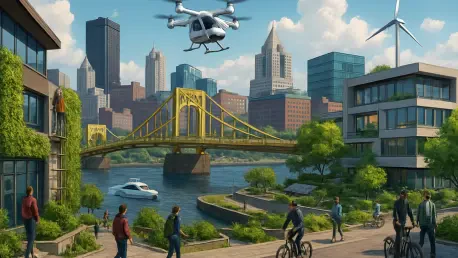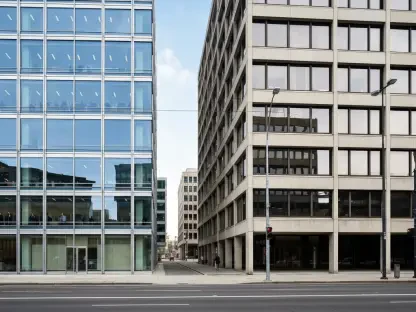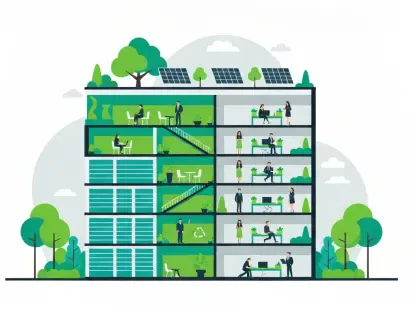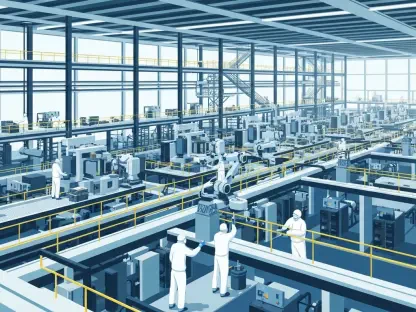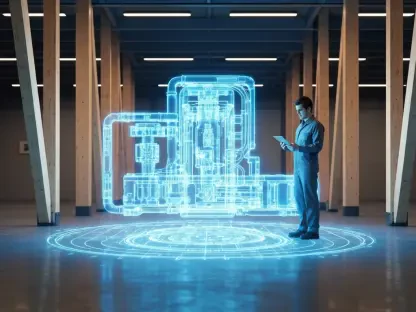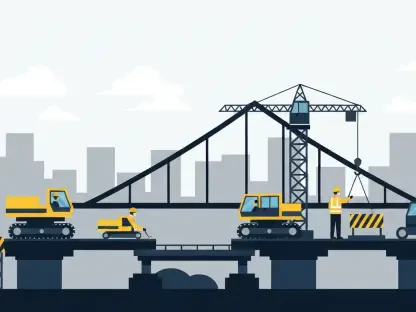In the heart of Pittsburgh’s East End, a remarkable transformation is underway as Penn Avenue evolves from a historic thoroughfare into a cutting-edge tech corridor known as “AI Avenue.” Once emblematic of the Rust Belt’s industrial decline, Pittsburgh has reimagined itself as a beacon of urban renewal, blending affordability, sustainability, and a burgeoning tech scene. This vibrant city now ranks high among mid-sized urban centers for green commuting and as an appealing destination for younger generations seeking opportunity. The focal point of this shift lies along a one-mile stretch of Penn Avenue, where major tech players like Google, Duolingo, and the U.S. Army’s AI Integration Center coexist with over 20 AI-focused enterprises. This corridor symbolizes not just economic revitalization but a bold experiment in redefining how cities can harness technology to drive innovation. As this hub takes shape, it raises critical questions about balancing progress with community needs, setting the stage for a deeper exploration of urban transformation.
Revitalizing Penn Avenue Through Technology
The redevelopment of Penn Avenue into a dynamic AI hub represents a strategic effort to breathe new life into underutilized urban spaces. Often referred to as “blanks,” these underdeveloped areas disrupt the flow between the corridor’s bustling endpoints, hindering its full potential. City planners and developers are addressing this challenge with ambitious infrastructure upgrades aimed at enhancing lighting, pedestrian access, and overall safety. These improvements are designed to create a seamless environment where tech firms can collaborate and thrive. Beyond mere aesthetics, the goal is to foster walkability, making the area not just a workplace but a livable space that attracts talent. This initiative reflects a broader vision of urban innovation, where technology and community intersect to create a cohesive ecosystem. By prioritizing accessibility and connectivity, Pittsburgh is laying the groundwork for a model that other cities might emulate, turning neglected zones into engines of growth.
Another key aspect of this transformation is the Meridian Project, a mixed-use development that promises to redefine the corridor’s identity. This project integrates apartments, a grocery store, and restaurants, catering directly to the needs of tech professionals who seek convenience alongside their careers. Additionally, plans to expand Bakery Square aim to convert a dated strip mall into modern office spaces tailored for AI startups and established companies alike. This redevelopment is more than just physical—it’s about creating a magnet for innovation by clustering like-minded enterprises in a single, vibrant location. The emphasis on mixed-use spaces underscores a commitment to retaining talent by offering a lifestyle that blends work and leisure. As these projects unfold, they highlight how targeted urban planning can address both economic and social dimensions, ensuring that growth benefits a wide range of stakeholders while positioning the city as a leader in tech-driven revitalization.
Economic Impacts and Defense Tech Opportunities
A significant driver behind the AI Avenue initiative is the potential to tap into substantial defense tech funding, positioning Pittsburgh as a powerhouse in this specialized sector. Bakery Square has already secured a new AI innovation center, backed by an impressive $150 billion in Department of Defense resources. This investment signals confidence in the city’s ability to lead in cutting-edge research and development. With existing DoD funding for small business innovation research already in place, developers anticipate that concentrating AI companies along this corridor will attract even more contracts over the coming years. Such financial backing not only boosts the local economy but also elevates Pittsburgh’s status on a national scale, drawing attention from tech giants and startups eager to collaborate with military initiatives. This strategic focus on defense tech illustrates how urban corridors can become focal points for specialized industries, creating a ripple effect of job opportunities and economic vitality.
Beyond immediate financial gains, the clustering of AI firms along Penn Avenue fosters a unique environment for collaboration and innovation, amplifying economic benefits. The proximity of diverse companies encourages knowledge sharing and accelerates the development of new technologies, which can lead to breakthroughs with far-reaching impacts. This hub also serves as a testing ground for integrating AI into practical applications, from defense to civilian use, potentially setting standards for other regions. However, this rapid growth comes with the challenge of ensuring that economic gains are equitably distributed, preventing the marginalization of existing businesses and residents. Planners must navigate these complexities to maintain a balanced approach, ensuring that the influx of tech wealth strengthens the broader community. This dynamic underscores the transformative power of targeted urban projects, where economic strategy and innovation converge to reshape a city’s future.
Balancing Progress with Community Concerns
While the AI Avenue project promises economic and technological advancement, it also raises valid concerns about the displacement of long-standing residents due to rapid development. As property values rise and new amenities cater to incoming tech workers, there’s a risk that original communities may feel pushed out, losing their cultural and historical ties to the area. City officials and developers are tasked with addressing these tensions by incorporating affordable housing options and engaging local stakeholders in planning discussions. The challenge lies in creating a corridor that serves as a bridge between innovation and inclusion, ensuring that growth doesn’t come at the expense of those who have called the East End home for generations. This delicate balance is critical to the project’s long-term success, as community support can make or break such ambitious urban endeavors, highlighting the need for thoughtful policies that prioritize equity alongside progress.
Another dimension to consider is how the redevelopment can preserve the unique character of the East End while embracing modernity. Planners are exploring ways to integrate historical elements into new designs, maintaining a sense of identity amidst change. Public spaces and cultural landmarks could serve as anchors, reminding residents and newcomers alike of the area’s rich heritage. At the same time, initiatives to support local businesses through grants or partnerships with tech firms can help them adapt to the evolving landscape. This approach aims to mitigate the social costs of transformation, fostering a sense of shared ownership over the corridor’s future. By addressing these community-focused aspects, Pittsburgh has the opportunity to set a precedent for how cities can modernize without erasing their past, ensuring that innovation enhances rather than displaces the fabric of urban life.
Reflecting on a Transformative Journey
Looking back, the journey of Penn Avenue’s metamorphosis into AI Avenue stands as a testament to Pittsburgh’s resilience and forward-thinking spirit. The city tackled the challenge of revitalizing a once-declining industrial zone by embracing technology and strategic urban planning, turning neglected spaces into vibrant hubs of innovation. Investments in infrastructure, mixed-use developments, and defense tech funding reshaped the economic landscape, while efforts to address community concerns sought to preserve the area’s soul. As this corridor evolved, it became clear that the true measure of success lay in blending progress with inclusivity. Moving forward, the focus should remain on refining policies that protect residents, expanding affordable housing, and ensuring that every step of growth benefits the wider community. Pittsburgh’s story along this tech-driven avenue offers valuable lessons for other cities, proving that with careful planning, urban renewal can redefine what’s possible in the modern age.
